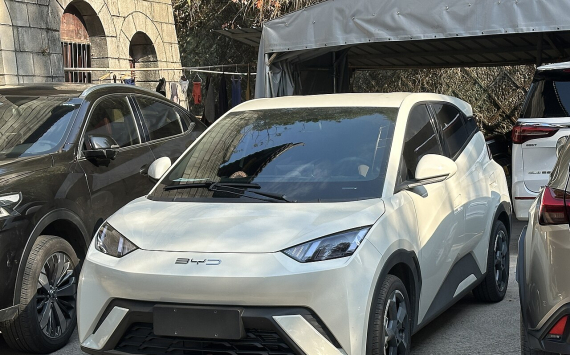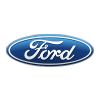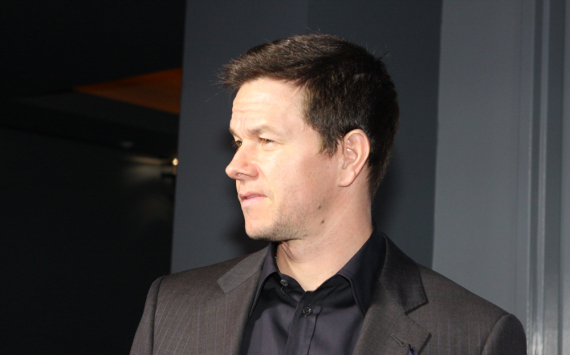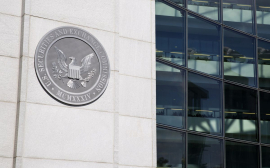
BYD's Seagull
The automotive world is abuzz with the emergence of the Seagull, a tiny, low-priced electric car from Chinese automaker BYD. Priced around $12,000 in China and crafted with precision that rivals much pricier U.S.-made electric vehicles, the Seagull represents a significant challenge to American automakers and policymakers.
Challenges Regulatory Barriers
Despite its appeal, the Seagull faces formidable barriers to entry into the U.S. market. Tariffs on imported Chinese vehicles currently prevent its direct competition with American-made EVs. Even if imported, the Seagull's price tag would likely surpass $12,000 due to these tariffs.
Industry Response Concerns
Industry experts and politicians are sounding the alarm about the rapid rise of low-priced Chinese EVs. Sam Fiorani, VP at AutoForecast Solutions, warns that ignoring Chinese competitors like BYD could prove costly for American car manufacturers. The Biden administration is expected to announce 100% tariffs on Chinese EVs, citing concerns over job loss and national security.
Innovation Design Insights
The secret behind BYD's ability to offer the Seagull at such a low price lies in their innovative manufacturing approach. BYD's vertical integration allows them to produce essential components in-house, reducing costs significantly. For instance, the Seagull's minimalist design features like a single windshield wiper highlight BYD's commitment to efficiency.
Adaptation Future Outlook
U.S. automakers are grappling with the need for rapid adaptation. Terry Woychowski, President of Caresoft Global, emphasizes that American manufacturers lag behind China in designing affordable EVs. Ford's CEO, Jim Farley, acknowledges the threat posed by Chinese EVs and is leading efforts to develop cost-effective electric models.
Conclusion
The rise of Chinese EVs, exemplified by BYD's Seagull, presents a pivotal moment for the U.S. auto industry. As global markets shift towards electric mobility, American automakers must embrace innovation and efficiency to compete effectively. The future of the industry hinges on their ability to adapt to this new landscape, shedding old paradigms and embracing change.











































